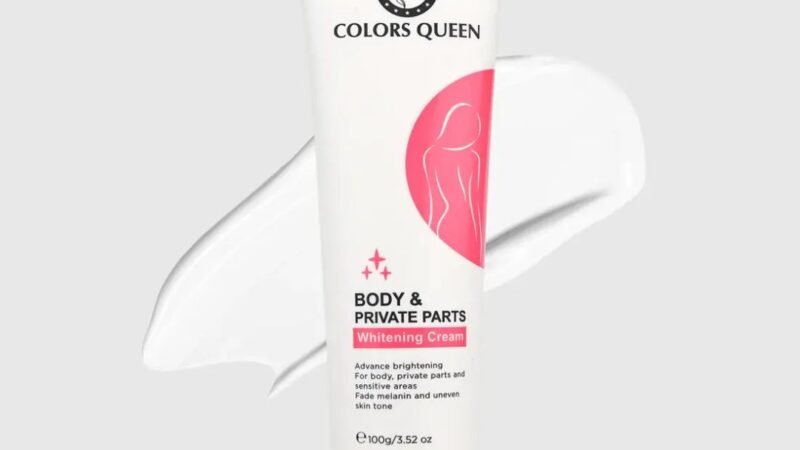Is Hair Transplant Cost Depending on the Number of Grafts Worth It?

Hair transplant has emerged as a transformative solution for those struggling with thinning hair or bald patches. It offers a permanent, natural-looking solution by redistributing your own hair from denser to sparse areas. Many individuals researching this treatment are curious about one key aspect: is the cost determined by the number of grafts actually worth it?
Hair Transplant Cost in Dubai is often quoted per graft, making the number of grafts a crucial factor in the overall investment. This article explores whether paying more for more grafts translates to better outcomes and long-term value.
How Hair Transplants Work?
A hair transplant involves harvesting hair follicles from a donor area—typically the back or sides of the head—and implanting them in bald or thinning areas. There are two major techniques:
| Technique | Description |
|---|---|
| FUT (Follicular Unit Transplantation) | A strip of scalp is removed, follicles are extracted and implanted individually. |
| FUE (Follicular Unit Extraction) | Individual grafts are directly extracted and implanted, leaving minimal scarring. |
Each graft typically contains 1 to 4 hairs. The total number of grafts required depends on the extent of hair loss and the density desired by the patient.
Why Graft Count Matters?
The total number of grafts needed varies widely. A person looking to restore a receding hairline may need 1,000–2,000 grafts, while someone addressing full crown baldness might require 3,000–4,000 grafts or more. The more grafts required, the longer the procedure and the higher the cost.
| Baldness Level (Norwood Scale) | Estimated Grafts Needed |
|---|---|
| Stage 2 (Receding Hairline) | 800–1,200 |
| Stage 3–4 (Mild to Moderate Baldness) | 1,800–2,500 |
| Stage 5–6 (Advanced Baldness) | 2,800–3,800 |
| Stage 7 (Severe Baldness) | 4,000+ |
However, the real question remains: is paying for a higher graft count truly worth it in terms of outcomes?
The Relationship Between Cost and Results
More grafts mean more hair density and coverage, especially for those with extensive hair loss. Patients typically experience greater satisfaction when the density and hairline look natural. However, not everyone needs the maximum number of grafts.
| Graft Volume | Suitable For | Outcome Expectations |
|---|---|---|
| 800–1,500 | Early hairline recession | Subtle restoration |
| 1,500–2,500 | Moderate crown or top loss | Noticeable volume improvement |
| 2,500–4,000+ | Full head restoration | Significant transformation |
If your goal is to make a major difference in appearance, investing in a larger number of grafts can be worthwhile. But if you’re only looking for minor improvements, fewer grafts may suffice.
Factors That Influence Graft Requirements
Several individual factors influence how many grafts are needed for optimal results. These include:
- Extent of Baldness
More surface area requires more grafts. - Donor Hair Quality
Dense donor areas mean fewer grafts can cover more ground. - Desired Density
Some clients prefer a lower-density, more natural look, while others want a thicker, fuller finish. - Hair Characteristics
Curlier or thicker hair covers more scalp area per graft compared to fine or straight hair. - Scalp Laxity
Looser skin can accommodate more grafts in a session.
Understanding these factors will help you determine whether paying for more grafts will deliver the value you’re seeking.
What You Get for the Investment?
Paying for more grafts generally provides:
- Better Coverage: Especially in crown and top regions.
- Improved Density: Makes hair appear more natural.
- Long-Term Results: Hair continues to grow permanently.
- Psychological Benefits: Boosts self-esteem and confidence.
| Benefit | Description |
|---|---|
| Coverage | Fills large bald areas for complete transformation |
| Density | Gives hair a fuller, youthful look |
| Natural Appearance | Skilled placement enhances realism |
| Confidence | Positive change in self-image and social life |
However, each graft adds time, cost, and post-operative care. It’s essential to ensure you’re not just getting more grafts, but quality grafts implanted by skilled professionals.
Risks of Overpaying for Grafts
While more grafts might seem like a better deal, overdoing it can backfire. Here’s how:
- Overharvesting: Can deplete the donor area, limiting future transplant options.
- Wastage: Poor planning or technique can lead to graft failure.
- Unnatural Look: Excessive density in the wrong area can appear artificial.
That’s why it’s vital to choose a clinic that prioritizes strategic graft placement over sheer numbers.
Strategic Planning vs. High Graft Count
A quality hair transplant isn’t just about how many grafts you get—it’s how those grafts are used.
| Strategy | Focus |
|---|---|
| Hairline Design | Creates a youthful, balanced frame for the face |
| Graft Distribution | Prioritizes visible areas for maximum impact |
| Density Zones | Gradually increases density to mimic natural patterns |
You could pay less for fewer grafts and still get outstanding results with intelligent design and skilled execution.
Realistic Results and Expectations
Sometimes, patients assume that more grafts mean a full head of hair like in their teens. But that’s not realistic. Hair transplant is about restoration, not regeneration. You can expect:
- Natural looking density (not ultra-thick like wigs)
- Good blending with existing hair
- Progressive improvements over 6–12 months post-surgery
Communicate openly with your surgeon about what’s possible based on your donor supply and goals.
Long-Term Value of Hair Transplants
When evaluating if paying for more grafts is worth it, consider the long-term benefits:
| Factor | Long-Term Value |
|---|---|
| Permanent Results | Once grown, the transplanted hair lasts for years. |
| Cost-Effective | Avoids years of topical treatments or hair systems. |
| Maintenance-Free | No special care after the initial healing phase. |
Compared to repeated use of medications, wigs, or cosmetic procedures, a one-time hair transplant with sufficient grafts offers better value over time.
Can You Add Grafts Later?
Yes, many patients opt for multiple sessions:
- Session 1: Focus on hairline or front
- Session 2: Cover the crown or thicken density
- Session 3: Maintenance or touch-ups
This approach allows for flexible budgeting and improved outcomes over time without over-harvesting the donor area in one go.
Who Should Consider More Grafts?
You might benefit from a higher graft count if:
| Criteria | Explanation |
|---|---|
| Advanced Baldness | Norwood Scale 5–7 |
| Thick Hair Goals | Prefer full density in all areas |
| Strong Donor Area | Plenty of grafts available for safe extraction |
| One-Time Procedure | Want to complete everything in one session |
Conversely, individuals with early-stage thinning or limited donor hair may be better off with a smaller, well-planned procedure.
What Makes It “Worth It”?
Here’s a breakdown of when paying more based on the number of grafts becomes a worthy investment:
| Criteria | Worth It If… |
|---|---|
| Outcome Satisfaction | You’re aiming for a noticeable, natural change |
| Long-Term Investment | You prefer a permanent fix over ongoing treatments |
| Personal Confidence | Hair restoration significantly improves your self-image |
| Cost Efficiency | You want fewer procedures done right the first time |
Ultimately, it’s about balance—maximizing results while protecting your donor area and managing budget realistically.
Final Thoughts
Choosing a hair transplant based on the number of grafts isn’t just a financial decision—it’s a strategic one. While the Hair Transplant Cost does vary depending on graft count, it’s the quality of execution and personalized planning that determines whether the investment is worthwhile. For many patients, more grafts lead to more natural, satisfying, and lasting outcomes—especially when guided by experienced professionals using modern techniques.



